In this article, we go over how much does a cruise boat cost, exploring the different classes of cruise vessels, the many factors that influence their pricing, and what you should consider when preparing for ownership or investment. We will also explain how specialized financing, like the solutions we provide at Float Finance, can make what seems like an unreachable dream a well‑planned reality.
When people hear the phrase “cruise boat,” they often picture massive ocean liners with water parks, multiple restaurants, and thousands of passengers aboard. Yet in the world of marine ownership, a cruise boat could mean something very different—a dinner tour vessel carrying a hundred guests along a scenic river, a boutique coastal ship with luxury cabins, or even a privately owned yacht designed for extended family voyages. Because of this wide range, the cost varies enormously, and it is important to understand exactly what you are looking for before you start shopping.
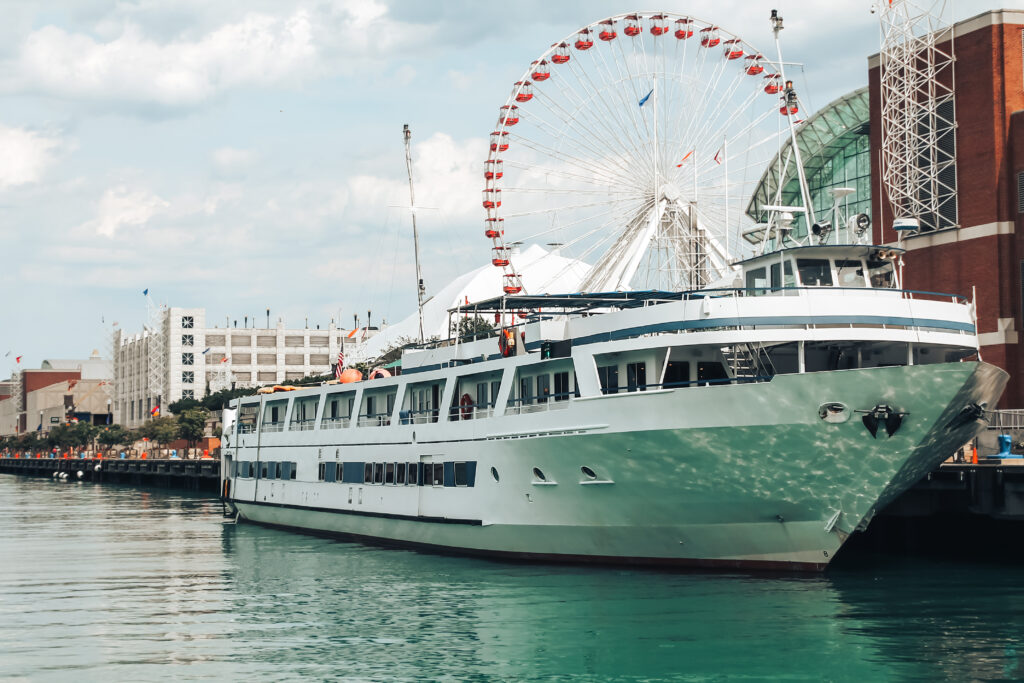
Understanding the Scope of Cruise Boat Costs
The cost of a cruise boat is not a flat number. It is a reflection of size, purpose, and complexity. A small sightseeing boat used for day tours might cost less than a single waterfront home, while a full‑scale ocean‑going cruise ship can rival the budgets of major real estate developments. Between those extremes lies a spectrum of possibilities.
For smaller operations such as a riverboat or a dinner cruise vessel, purchase prices commonly begin in the high hundreds of thousands and climb into the low millions depending on passenger capacity, amenities like galley kitchens and climate control, and whether the boat meets current inspection standards. These boats are often between fifty and one hundred feet in length, built to navigate inland waterways and carry dozens of passengers with a full crew.
Luxury charter vessels are a different class altogether. These are yachts designed with multiple staterooms, lounges, and professional‑grade kitchens that create a private cruise experience. Owners may use them personally or operate them as high‑end charter businesses. Costs in this category often run into several million dollars, sometimes ten million or more for newer builds with state‑of‑the‑art navigation systems, high‑horsepower engines, and interior finishes that rival upscale hotels.
Then there are the large cruise ships that dominate international ports. These are rarely purchased by individuals but rather by corporations or investment groups. Their prices can exceed half a billion dollars and sometimes approach or surpass a billion depending on passenger capacity and custom features like theaters, pools, and green technology systems. Financing for these ships involves complex arrangements, often with multiple lenders and investors participating in a syndicated structure.

Factors That Drive Pricing
What makes one cruise boat cost more than another is not simply size. Age plays a major role because vessels depreciate, yet well‑maintained older ships can still demand a premium if they have undergone significant refits. A recently refurbished charter yacht with modern engines, updated electronics, and fresh interior design will command far more than an identical model that has not been touched in a decade.
Passenger capacity is also critical. Regulations for commercial passenger vessels require redundancy in safety systems, life‑saving equipment, and certain structural features. Every additional passenger you want to carry increases the size of the boat, the complexity of the systems, and therefore the cost of the vessel. For example, a sixty‑passenger river cruise boat is far less costly to build and maintain than a two‑hundred‑passenger coastal cruiser, even if both boats serve the same type of route.
Amenities are another driver. A barebones passenger ferry might be little more than seating and deck space, whereas a dinner cruise boat needs a commercial kitchen, restrooms, climate control, and entertainment systems. On larger yachts, the difference between an average interior and a luxury one is significant—custom carpentry, high‑grade fabrics, and imported stone surfaces add to the price quickly.
Regulatory compliance can also add to cost. Commercial cruise boats must meet U.S. Coast Guard inspection standards or international SOLAS (Safety of Life at Sea) regulations depending on where they operate. A boat built to these standards will have undergone a far more expensive construction process than a recreational vessel, which is part of why commercial boats cost more.
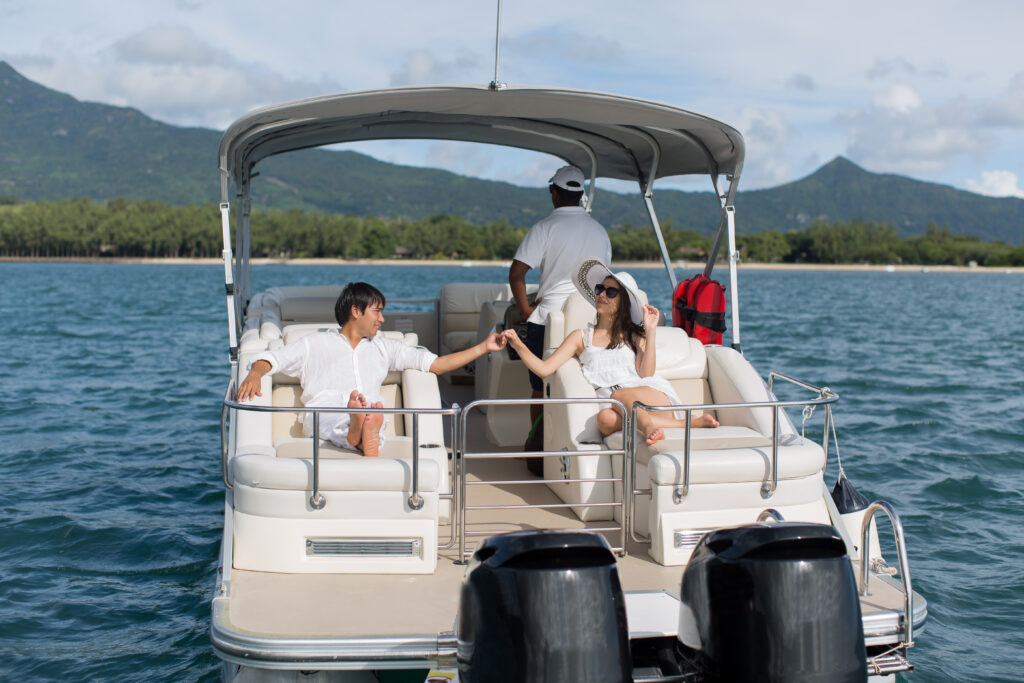
Considering Operating Costs Alongside Price
Many first‑time buyers focus exclusively on the purchase price. However, a true understanding of how much does a cruise boat cost must include ongoing operating expenses. Fuel consumption, crew wages, insurance, dockage fees, routine maintenance, and periodic haul‑outs add up quickly. For example, a mid‑sized dinner cruise boat might cost $1.5 million to purchase, but its annual operating expenses could easily reach $200,000 to $300,000 when factoring in staffing, seasonal inspections, and marina fees.
Larger cruise vessels require even more substantial budgets. A ship valued at several hundred million dollars might have monthly fuel costs alone that exceed the annual budget of a small charter operation. Owners must plan not just for acquisition but for sustainable operations year after year.
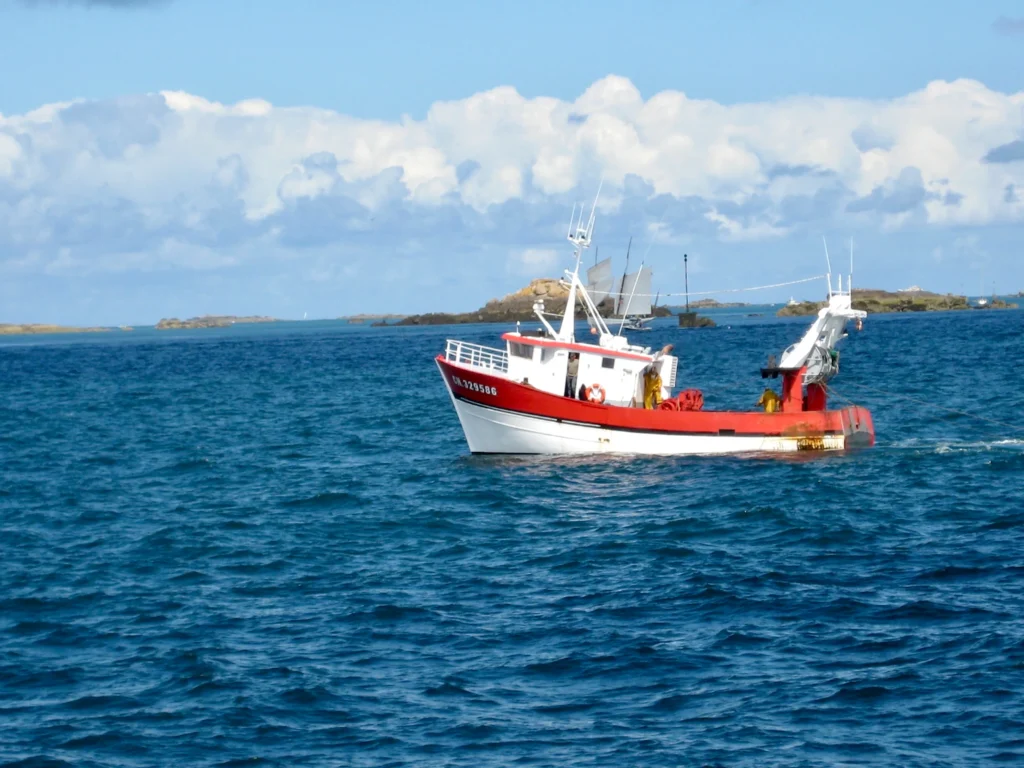
Financing Options for Cruise Boats
Because of the high costs involved, most buyers and businesses turn to financing. Specialized marine financing is essential because many traditional banks are unfamiliar with the nuances of commercial passenger vessels or luxury charter operations. At Float Finance, we work with lenders who understand the marine industry and offer loan structures that align with seasonal income and long‑term depreciation schedules.
For a smaller passenger boat, financing might involve a 20 to 25 percent down payment with a loan term of ten to fifteen years. A charter yacht may qualify for similar terms, with flexibility depending on whether the buyer intends personal or commercial use. Large cruise ships involve far more intricate financing packages, often requiring detailed business plans, projected revenue, and sometimes partnerships with multiple lending institutions.
The key is preparing a clear picture of how you intend to use the vessel and showing lenders that you understand the operational and maintenance responsibilities that come with ownership. A well‑structured financing plan can spread the cost into manageable payments while allowing you to generate revenue immediately.
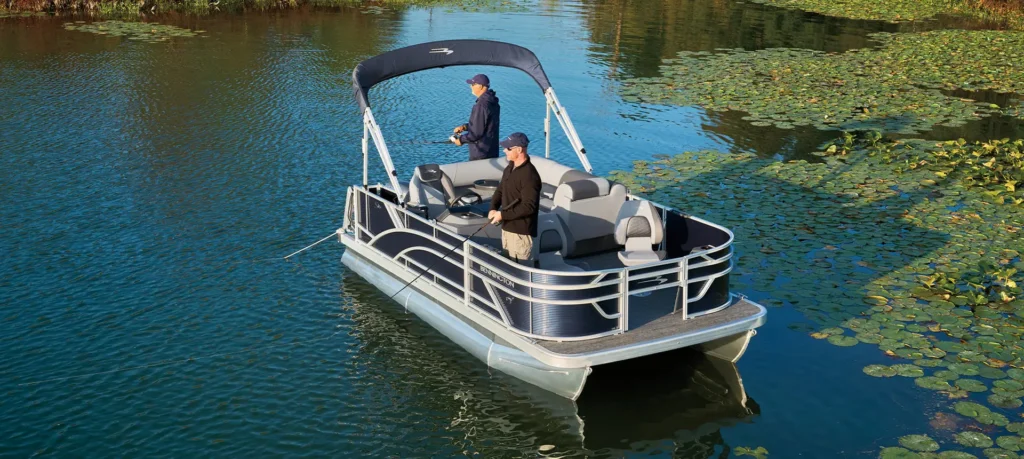
Why Specialized Guidance Matters
Acquiring a cruise boat is not like buying a car or even a typical recreational boat. There are inspections to arrange, insurance policies to secure, and sometimes state or federal licensing requirements to meet. Buyers who attempt to navigate these processes alone often experience delays or unexpected costs. Working with a marine financing partner who has experience in cruise vessels means you benefit from industry knowledge, connections with insurers, and clarity on documentation requirements.
We help clients evaluate whether a vessel’s asking price matches its condition and compliance status. We also guide them through pre‑approval so they know exactly how much they can spend before negotiating with sellers or shipyards. This preparation often saves significant time and money, helping clients secure better rates and terms.
Real Examples of Cruise Boat Purchases
One client came to us looking for a small passenger vessel to operate sightseeing tours in a coastal city. After considering several options, they found a 90‑foot boat built in 2008 with a recent interior upgrade. The price was just under $1.3 million. By structuring a loan with a 25 percent down payment and a twelve‑year term, they launched their operation within months and now run profitable day cruises each season.
Another case involved a private buyer seeking a 120‑foot luxury charter yacht with overnight accommodations. The vessel cost $4.8 million, but because it met all the requirements for a second home—including sleeping quarters, a galley, and a head—they were able to structure financing that balanced personal use with seasonal charter income. We helped coordinate with insurers and surveyors to finalize the deal smoothly.
The Bottom Line on Pricing
So, how much does a cruise boat cost? The answer spans a wide range. A modest sightseeing boat might cost under a million dollars, a high‑end charter yacht may range from two to fifteen million, and massive cruise ships can exceed a billion. But the sticker price is only part of the story. Operating costs, maintenance, crew, and compliance requirements all shape the total cost of ownership.
When you’re considering entering the world of cruise boats—whether as a personal investment or a business opportunity—take the time to plan thoroughly. Work with experts who understand the market and can guide you through financing, insurance, and regulatory requirements.
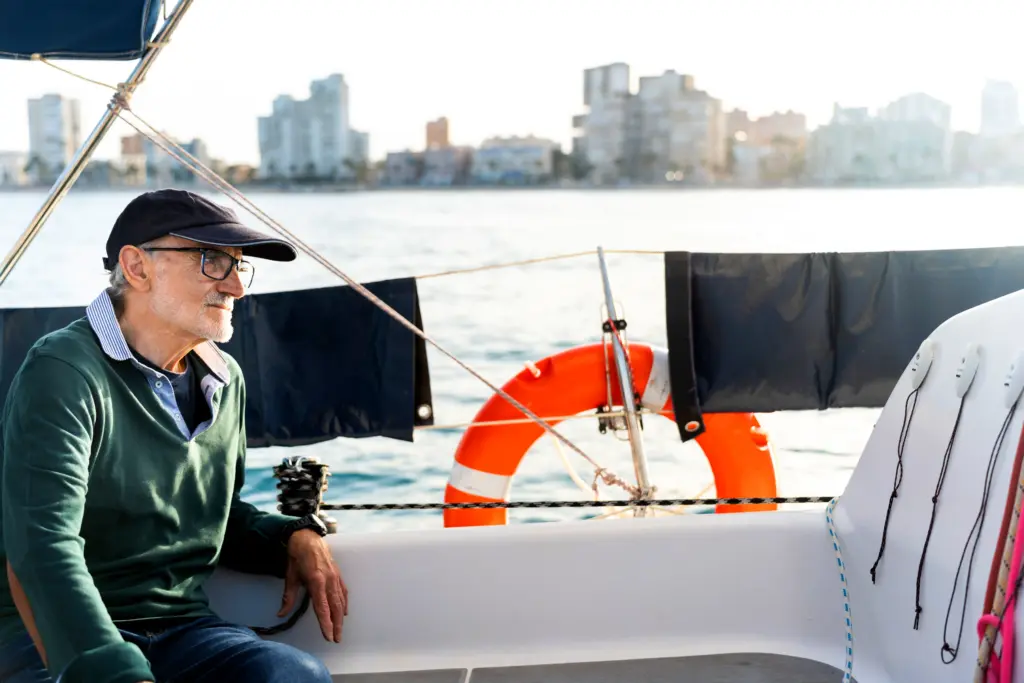
Conclusion
Buying a cruise boat is a bold move, but it can also be an incredibly rewarding one. By understanding the many factors that influence cost and preparing for both the purchase price and ongoing expenses, you can make a smart decision that aligns with your financial goals and boating dreams. At Float Finance, we specialize in helping buyers and operators secure the right loan structure for vessels of every size, from small tour boats to larger cruise ships. When you’re ready to explore your options, we’re here to help you chart the course.
